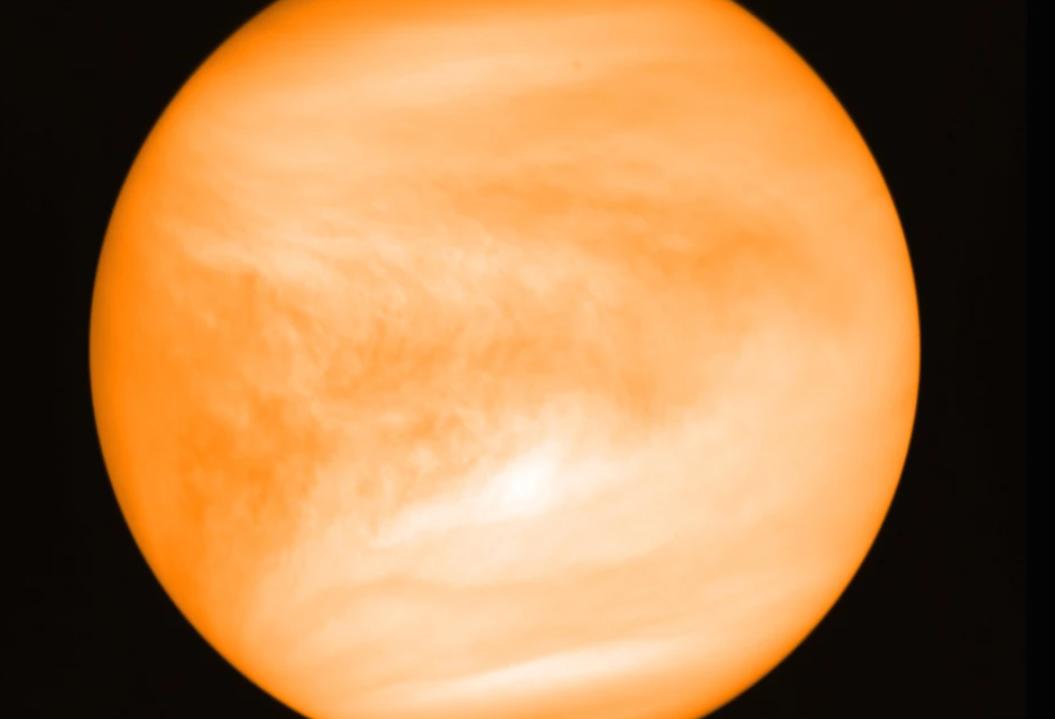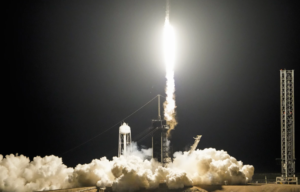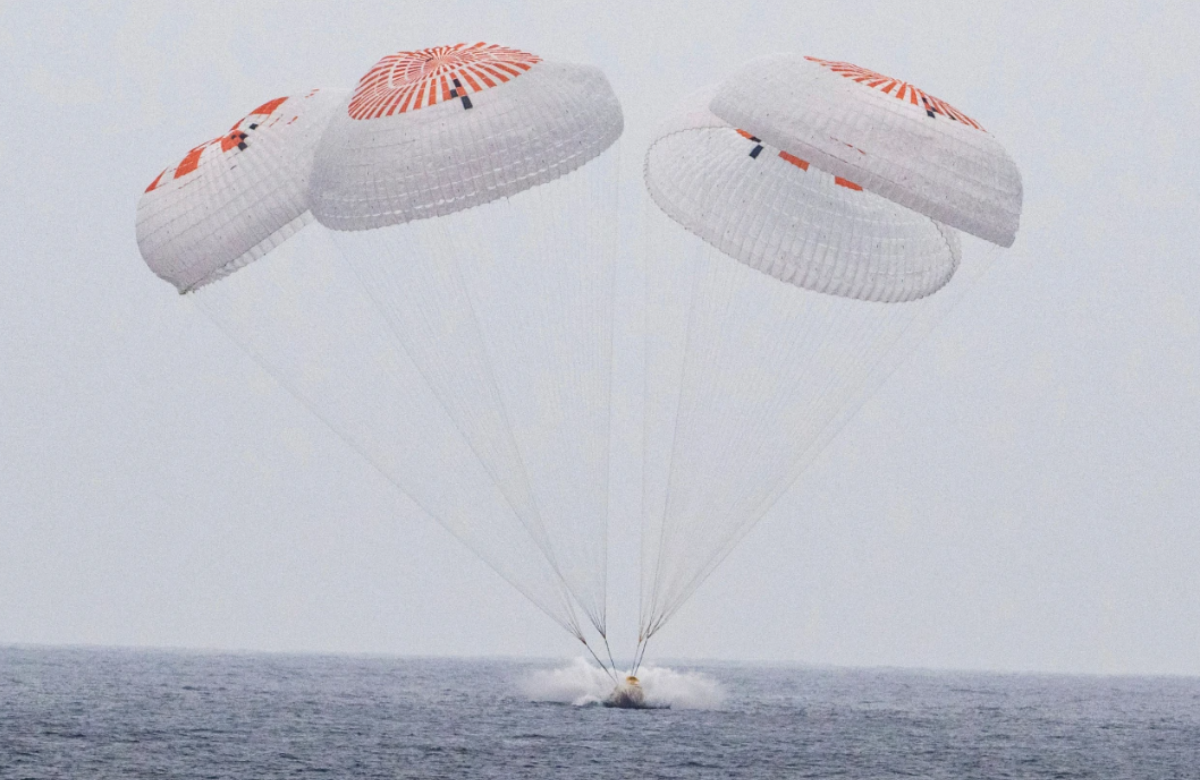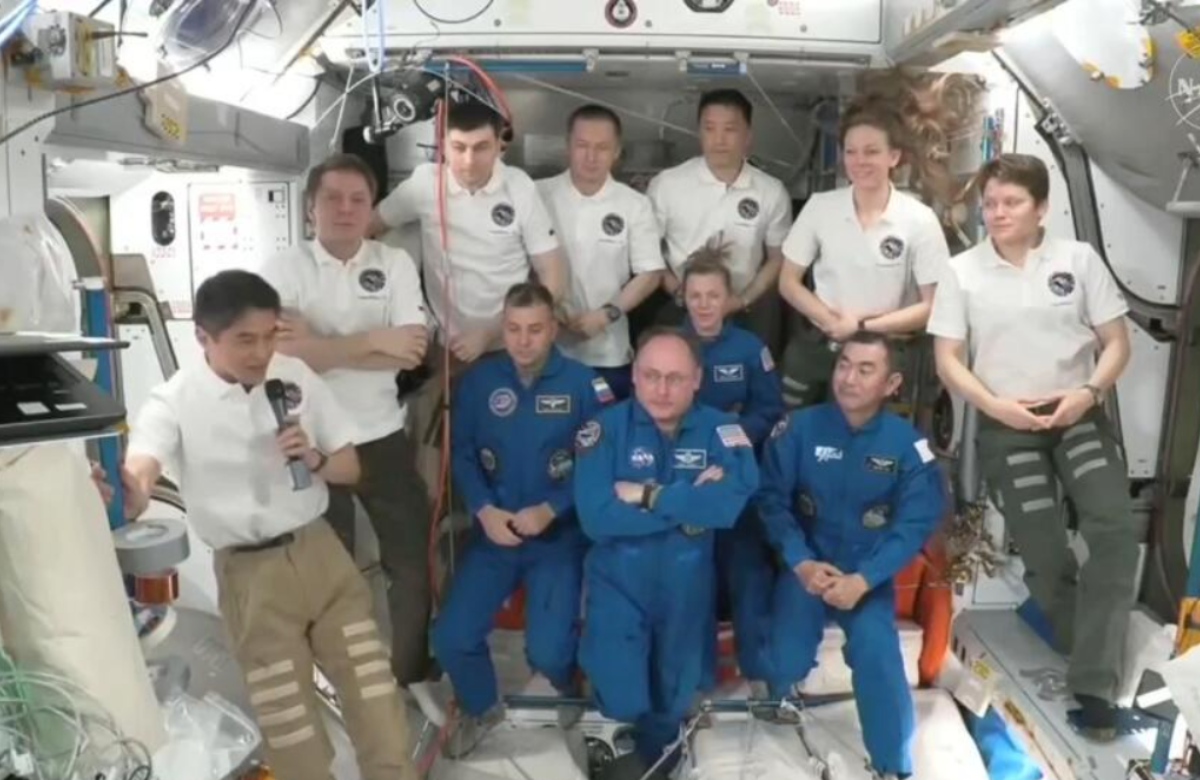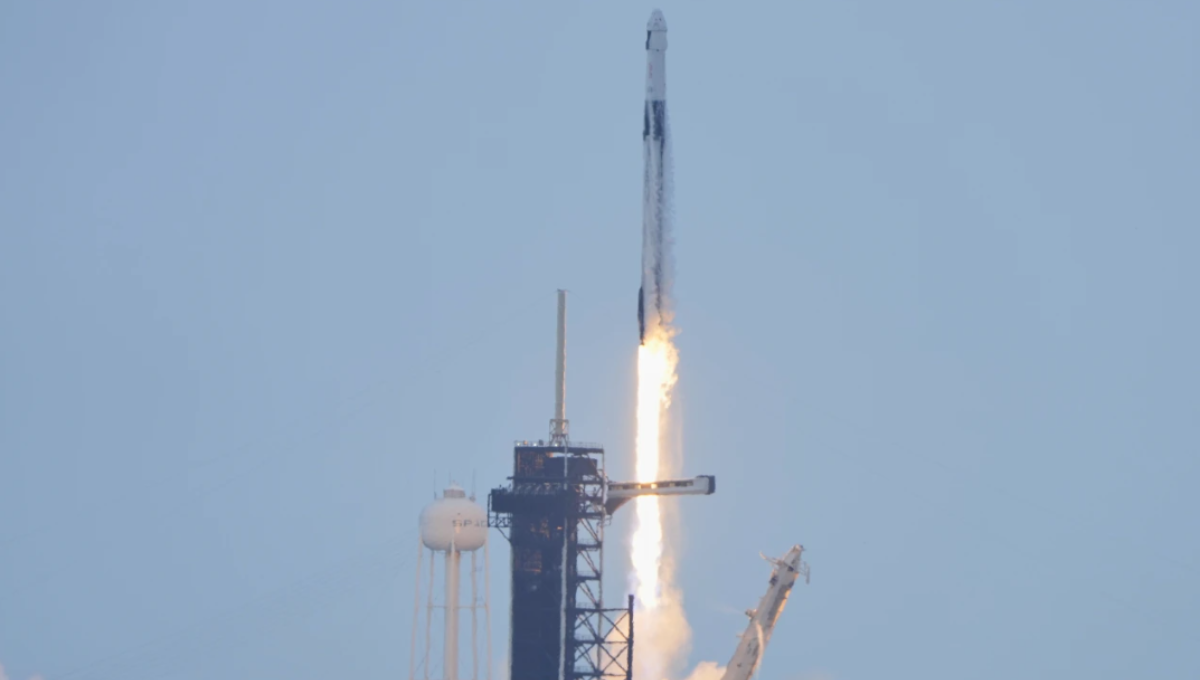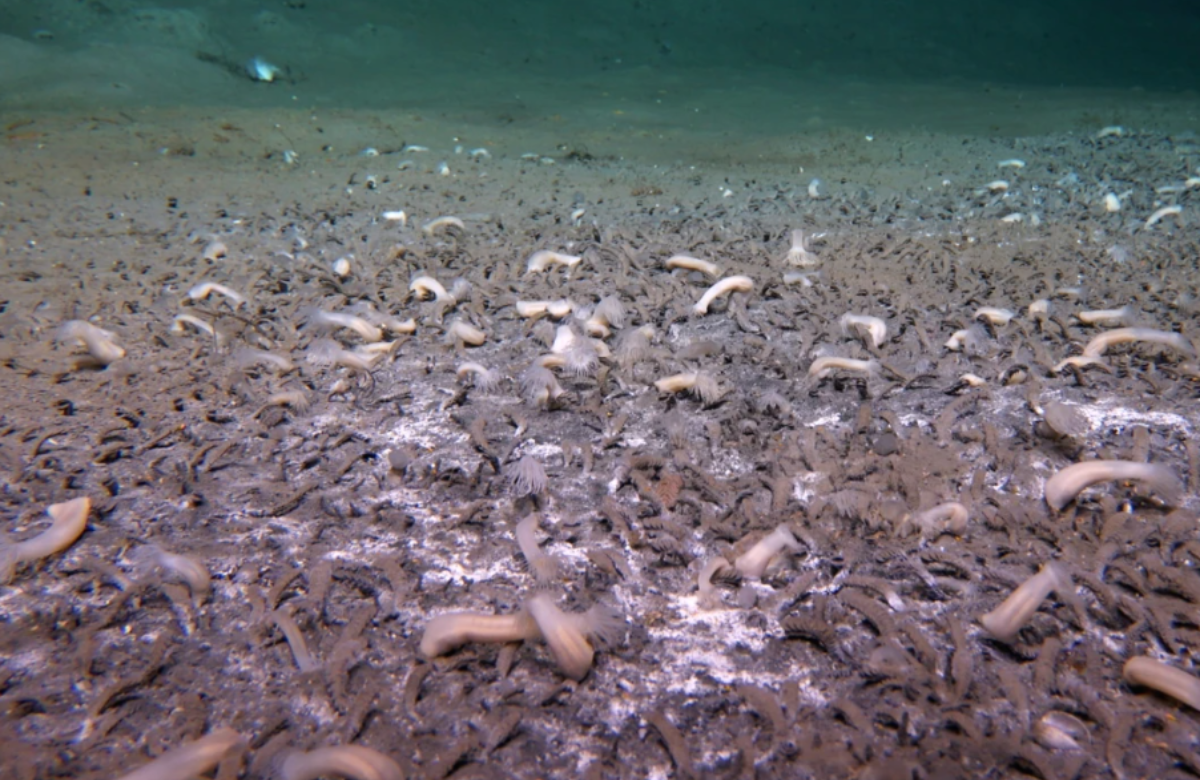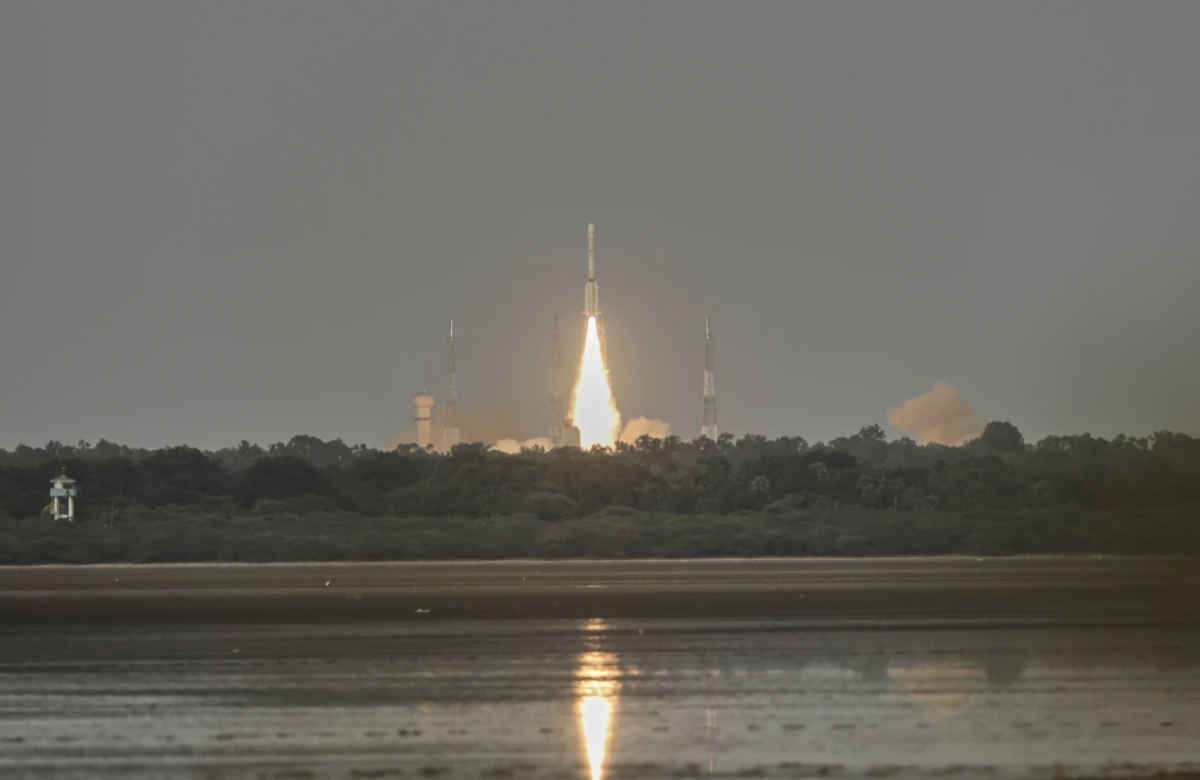A spacecraft launched by the former Soviet Union in the 1970s and intended to land on Venus is now expected to fall back to Earth in an uncontrolled descent, possibly within the first two weeks of May. Experts tracking space debris say it’s too early to predict exactly where it will land or how much of it will survive the reentry process.
Dutch space expert Marco Langbroek estimates the spacecraft will reenter Earth’s atmosphere around May 10. If it stays intact, it could hit the ground at a speed of about 150 miles per hour (242 kilometers per hour). While this sounds alarming, Langbroek believes the actual risk is low. “The likelihood of it causing harm is similar to that of a meteorite falling to Earth, which happens a few times each year,” he explained. Statistically, he added, a person is more likely to be struck by lightning than by falling space debris.
The spacecraft, known as Kosmos 482, was launched in 1972 as part of a Soviet Venus exploration program. However, due to a malfunction during launch, it failed to escape Earth’s orbit. While much of the spacecraft fell back to Earth within ten years, experts believe the lander module—a roughly one-meter-wide spherical capsule—has been orbiting Earth ever since. Over 50 years later, its orbit has decayed enough that it is now on track to reenter the atmosphere.
Built to endure the harsh conditions of Venus’s thick carbon dioxide atmosphere, the capsule is designed to be extremely durable. This means it has a good chance of surviving reentry, according to Langbroek from Delft University of Technology. However, after decades in orbit, some of its systems, like the parachute and heat shield, may no longer function properly.
Jonathan McDowell, an astrophysicist at the Harvard-Smithsonian Center for Astrophysics, noted that it would be better if the heat shield failed during reentry. That would cause the spacecraft to burn up in the atmosphere, eliminating any risk of impact. But if the heat shield holds, the entire half-ton object could reach the surface largely intact.
The potential reentry zone stretches across a wide swath of the globe—from as far north as London or Edmonton in Canada, to as far south as the tip of South America. Still, because Earth is mostly covered in water, experts say there’s a strong chance it will land in an ocean.
